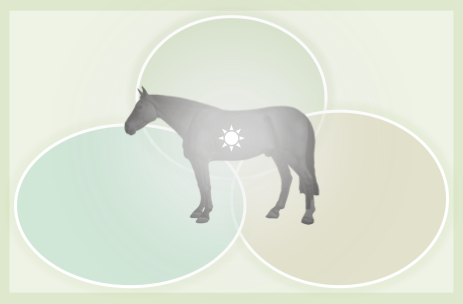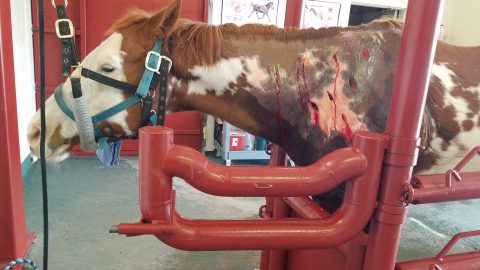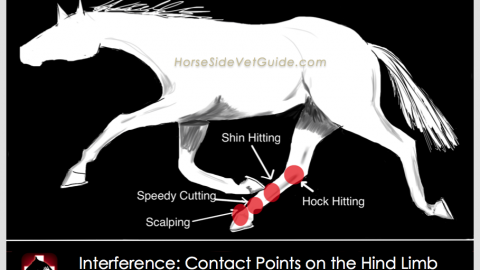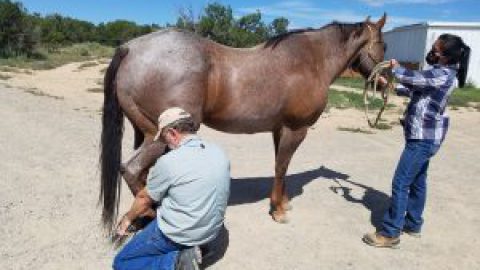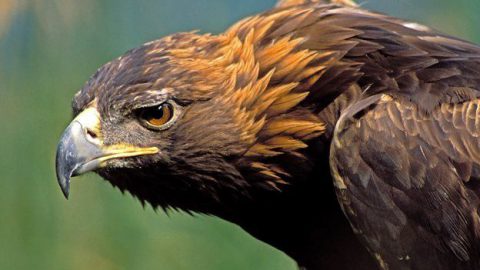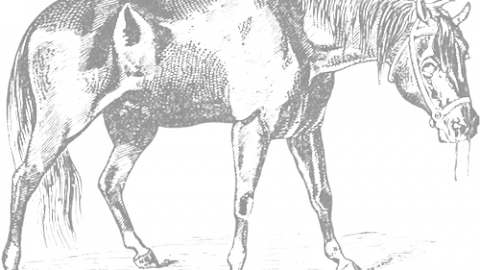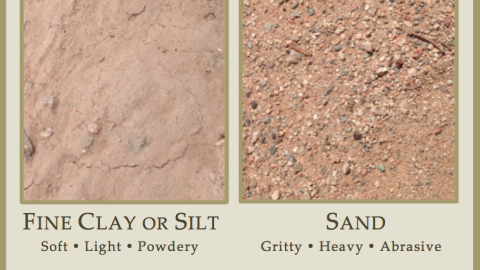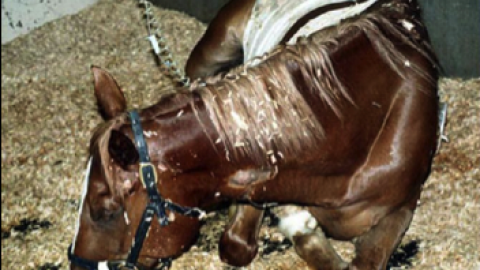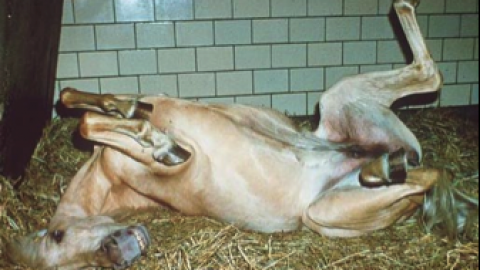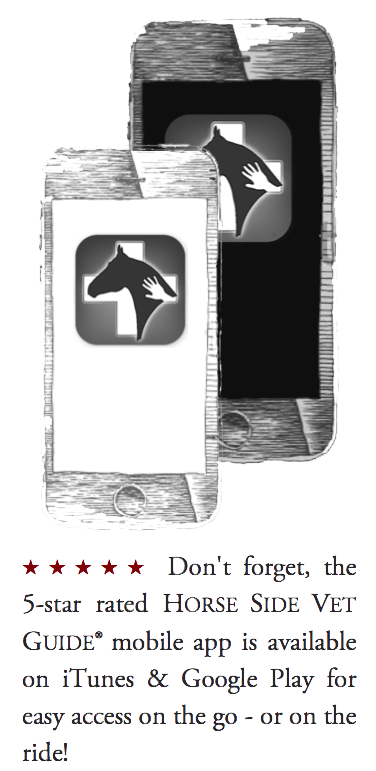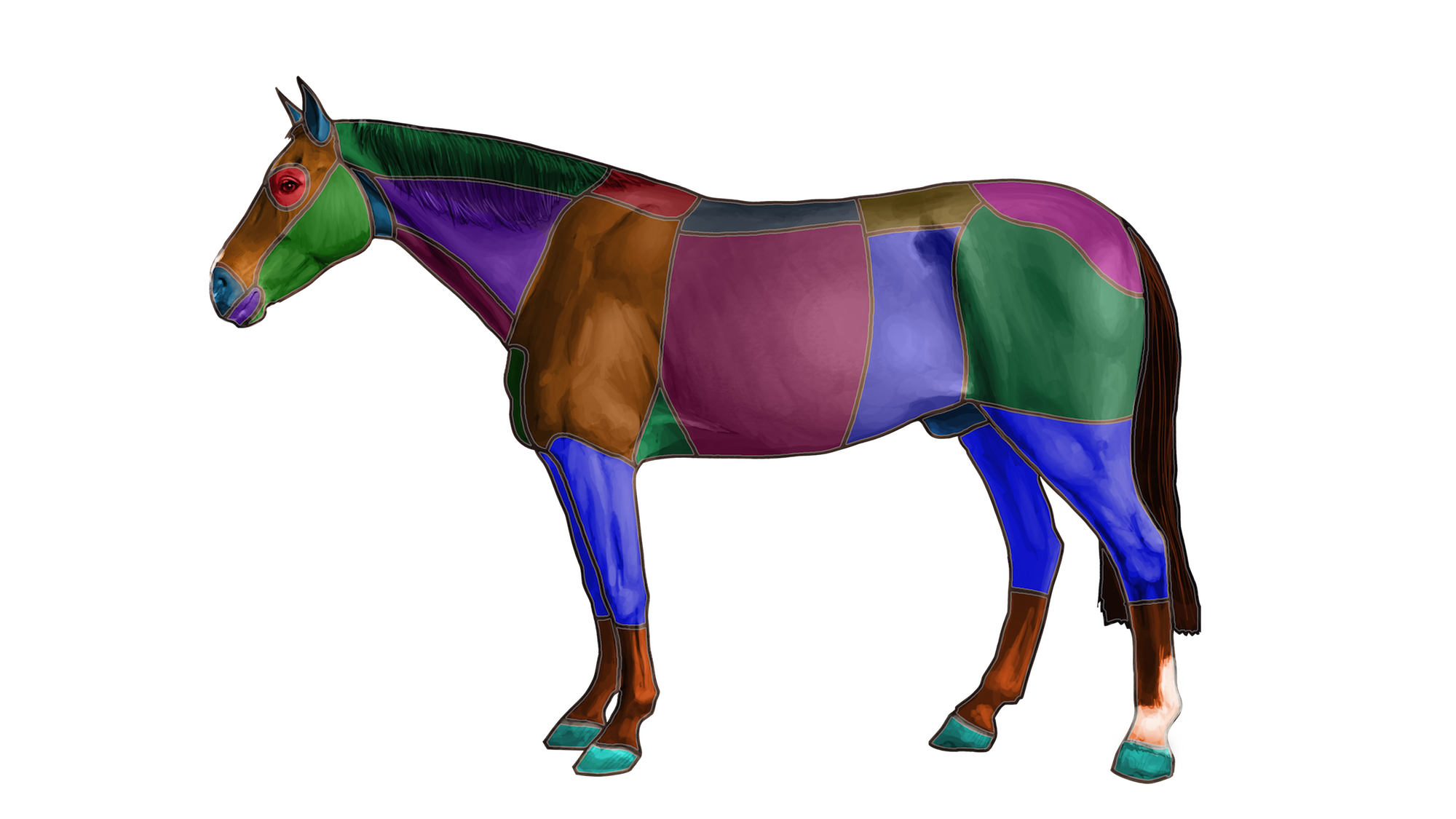Complementary/Alternative Therapies for Horses: One Veterinarian’s Opinion
In the equine world, there is great interest in “non-western” or “alternative” therapies for horses, including acupuncture, acupressure, chiropractic, cold laser therapy, energy work, reiki, herbal medicine, homeopathy, essential oils, magnetic therapy, massage, and many others. My geographic area of practice – Santa Fe, New Mexico – is particularly rich in providers of these therapies. (When these approaches are combined with a Western/conventional approach, the terms used are “complementary” or “integrative” therapies.)
In cases where a conventional or Western approach does not provide a solution I do not object to my clients trying an alternative therapy. In my experience, this is usually vague lameness or performance problems. My first choice in that case is always another equine veterinarian who is well versed in equine anatomy and physiology, and has added an alternative skill to their otherwise solid Western veterinary training. But there are many cases in which such qualified providers are not available, and so in these cases, I do sometimes refer certain clients to lay providers.
I cannot prevent my clients from hiring any provider of service. I also understand the attraction in hiring someone that provides a seemingly non-invasive “cure” that claims effectiveness for a variety of hard to diagnose, hard to treat disorders.
However, I remain skeptical of unlicensed practitioners that are not held accountable by a state licensing board, practitioners that are trained in therapies for human application (not equines), practitioners that unlawfully practice veterinary medicine (as defined by State law), and practitioners that offer a panacea cure without trying to identify or understand the underlying problem (i.e. a diagnosis). I tell my clients to be especially suspicious of those who expect advance payment, promise quick results, or warn horse owners not to trust their veterinarian.
My experience with many alternative, non-veterinary practitioners is that they don’t have the tools to make a diagnosis. I also believe that a minority of these practitioners intentionally hoodwink horse owners into believing that their treatments have helped the animal. They often proffer the fact that a horse is an inherently mysterious, very large, hard to examine, anatomically and physiologically complicated animal that cannot (or can) speak to us.
Measuring effectiveness of treatment in animals (especially horses), is far more difficult than judging effectiveness in ourselves. If the horse recovers, the therapy is often credited but there is often no way to objectively discern whether it actually helped. An important reason for this is that the problem is usually poorly defined in the first place, so knowing whether it is better is a highly subjective assessment. This issue is not exclusive to complementary therapies, but also applies to many novel and even some commonly accepted Western therapies and treatments as well.
I will say that it is difficult for me when I find out that a horse with an obvious problem has suffered needlessly because their owner decided to try alternative therapies instead of or before consulting a veterinarian.
One dramatic case that always comes to my mind is a barrel racing horse I saw years ago that had been “adjusted” repeatedly by a local (non-vet) chiropractor. Despite the adjustments, the horse’s soreness worsened over a period of 2 weeks to the point that it could not walk. I did a quick exam, noticed the horse had a fever, and within a few minutes I found an abscess in its groin and drained over 1 gallon of pus. The horse was immediately relieved and fully recovered.
One dramatic case that always comes to my mind is a barrel racing horse I saw years ago that had been “adjusted” repeatedly by a local (non-vet) chiropractor. Despite the adjustments, the horse’s soreness worsened over a period of 2 weeks to the point that it could not walk. I did a quick exam, noticed the horse had a fever, and within a few minutes I found an abscess in its groin and drained over 1 gallon of pus. The horse was immediately relieved and fully recovered.
A scenario like this can happen when a problem persists or worsens in the face of any treatment, complementary/alternative or conventional/Western. Practitioners are responsible for defining their own abilities and limitations, and referring to someone else when they simply don’t know what is going on.
I believe it works best when there is a team approach among the horse owner, the veterinarian and any other individuals involved. In such a group, my role tends to be to try to coordinate the treatments and objectively evaluate the effect and value of any therapy or treatment – “alternative” “complementary” or not. By doing this, my hope is to guide the group on a path that minimizes unnecessary stress on the horse, owner worry and expense.
I also believe in transparency. If you are interested in complementary/alternative treatments, tell your vet and ask them if they can recommend someone they trust. If you would like to involve a specific individual, tell your vet and start the discussion – for the good of your horse.
The single most important factor that benefits horses is greater horse owner objectivity and knowledge. With the Horse Side Vet Guide mobile app and website, my goal is to equip horse people to better judge effectiveness of ANY treatment – alternative/complementary or conventional/Western.
By Douglas O. Thal DVM Dipl. ABVP, Board Certified in Equine Practice, April 2015
Here are some important questions that you should ask of anyone that proposes to treat or work on your horse:
• What are your qualifications, credentials, licensing and experience?
• Why should I use this treatment for my animal instead of another (maybe more conventional) treatment?
• Are there any risks associated with this treatment?
• Will this treatment interfere with other treatments that my animal is currently undergoing?
• Do you understand my description of my animal’s problem? Please explain your understanding of the problem.
• Is there a diagnosis for the problem?
• How can I MEASURE the degree of my animal’s problem now?
• How can I COMPARE that to what I expect to see after treatment?
• How will I know if there is improvement?
• Will this treatment be covered by my animal insurance?
See also the horse owner Skill “Assess Effectiveness of Treatment Objectively”
– Dr. Thal


